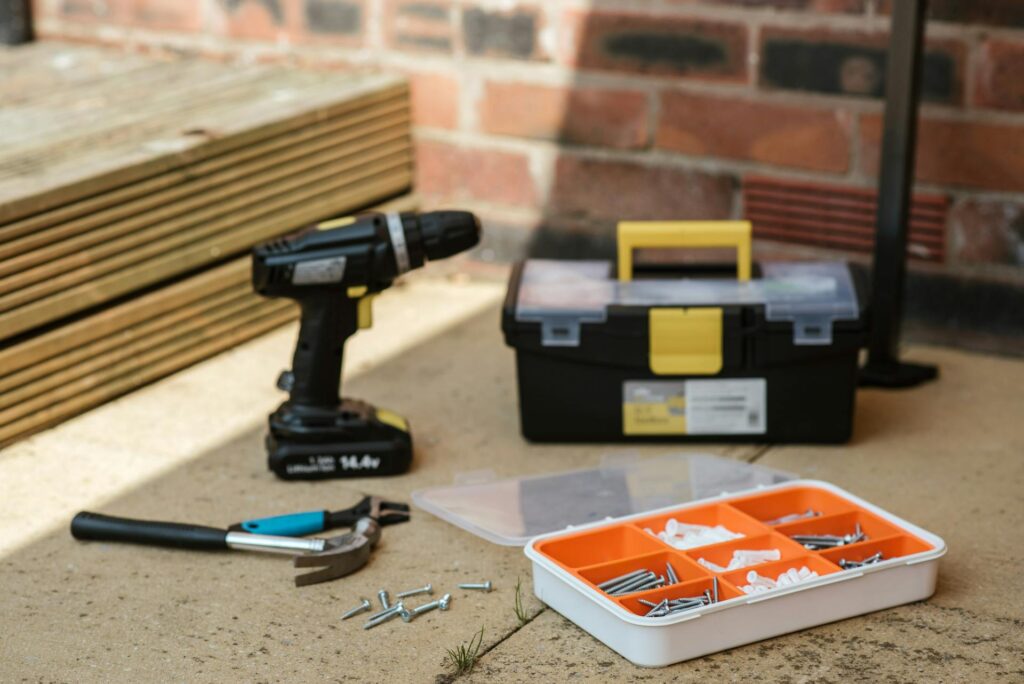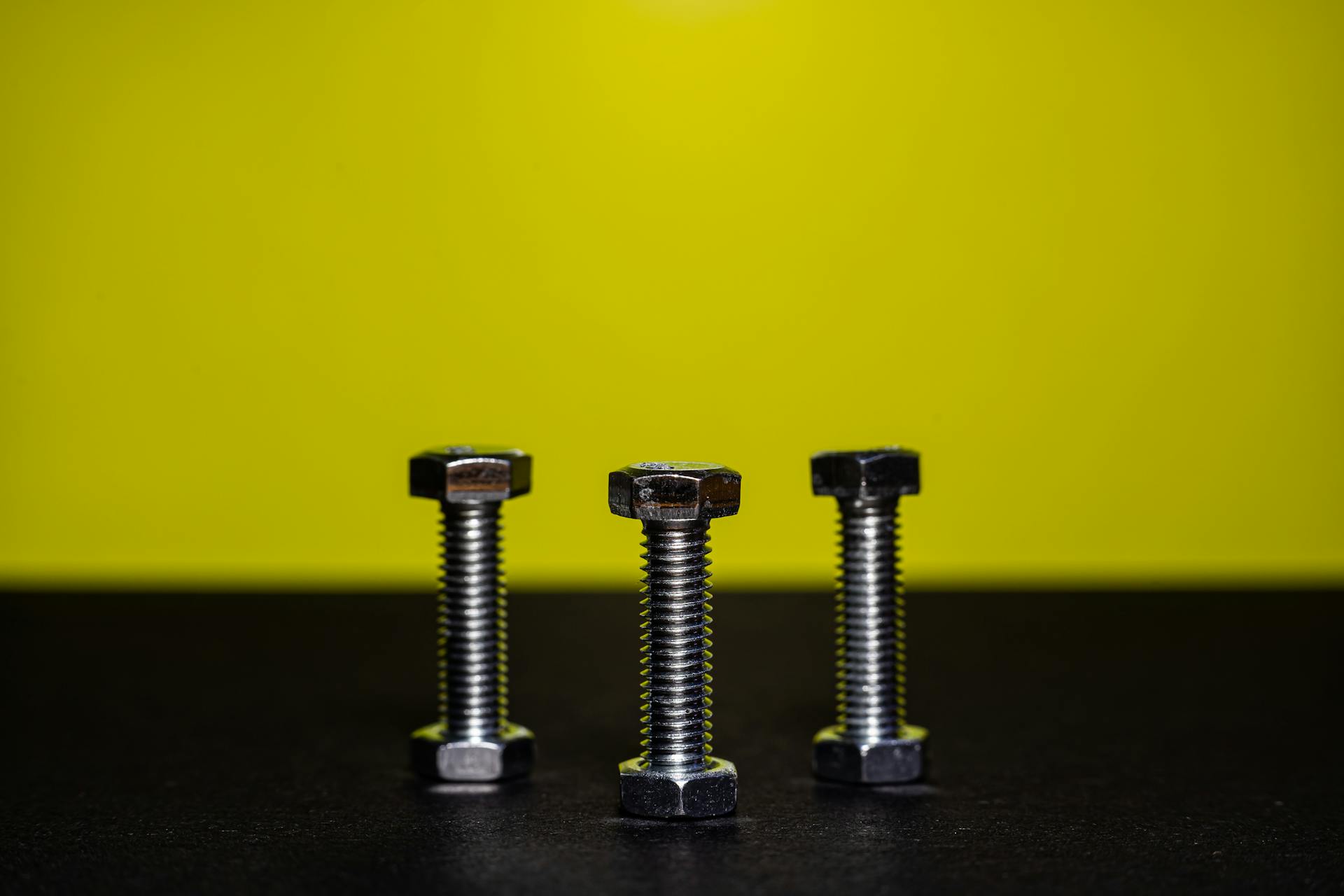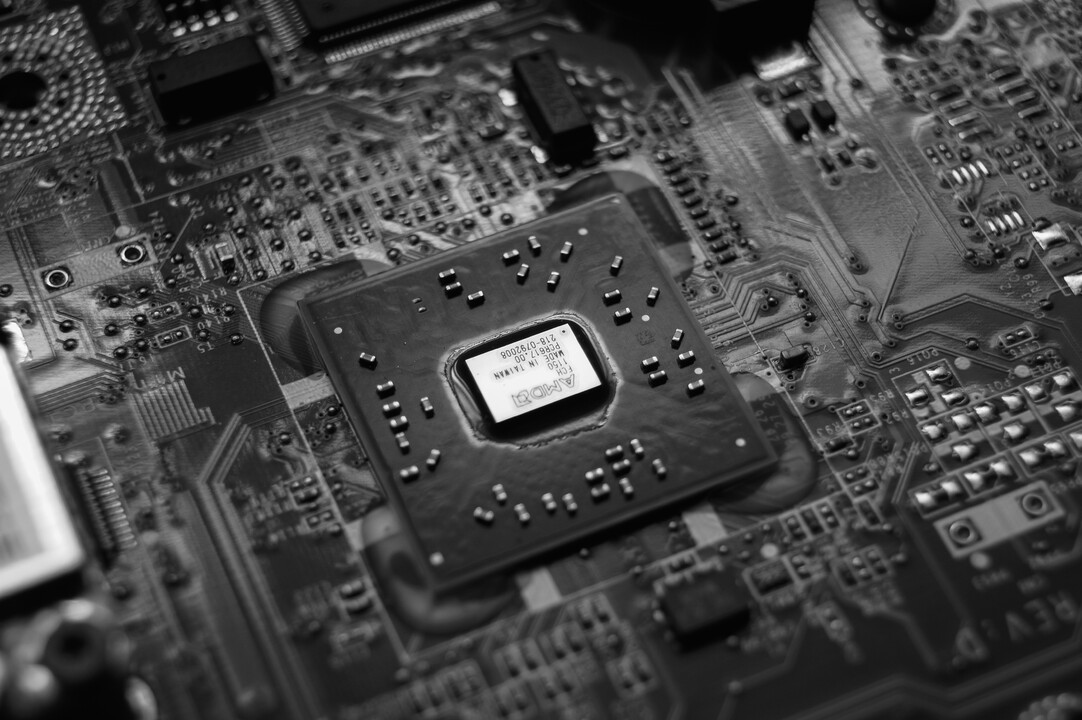Ball screws have become essential components in equipment and machinery across an array of industries. They give companies consistency, accuracy, efficiency, and a long list of other advantages. That being said, their assembly and maintenance play crucial roles in just how well they serve their users. Take a look at the following Ball screw assembly and maintenance tips for optimal performance and longevity.
Ball Screw Assembly Basics
Ball screws consist of four main components: the screw shaft, ball nut, ball bearings, and seals. To get the highest level of precision out of them, they have to be put together accurately. There are different types of ball screws, including numerous custom options, and each one has its own distinct assembly requirements. In general, though, there are a few universal steps to follow.
For one, the nut needs to be fitted onto the screw shaft and properly aligned. You may need to load the bearings into the shaft as well. If so, turn the screw from time to time to be sure the bearings are feeding through properly and the assembly is moving freely. You may need to load the return tubes and install them as well. Lubricate the assembly to further minimize friction and make the components last longer.

Maintenance Measures for Ball Screws
Maintenance is essential for keeping ball screws working properly. One of the best ways to keep ball screws working properly is to create and follow a set maintenance schedule. Routine inspections are an important part of the process. Check the assembly for wear, damage, or contamination. Listen for unusual noises and watch for uneven movements. Regular inspections allow you to catch problems like those before they get out of hand.
Check to ensure the assembly is properly lubricated as well. You may need to clean old lubricants off of the components of the ball screw and relubricate the assembly. Keeping contaminants like dirt and moisture out of your ball screw is equally crucial. Though your assembly may have integral seals, installing extra protective covers may be necessary to fully safeguard against contaminants.
During inspections, also be sure the assembly is properly aligned. If it’s not, make any necessary adjustments. Keep watch over the ball screw to ensure it’s operating at optimal temperatures. If you see any problems developing, address them right away. Putting off repairs or altogether ignoring them can lead to excessive wear and damage. It’ll most likely detract from the ball screw’s accuracy and efficiency too.
Maintaining Optimal Ball Screw Performance
Ball screws have numerous benefits to offer, not the least of which are precision, repeatability, efficiency, and longevity. That being said, the key to making the most of those advantages is proper use and maintenance. Be sure your ball screws are installed and aligned properly and check to ensure they’re moving freely before putting them to work. Create a set maintenance schedule and stick to it. Take care of repair needs immediately. All these measures will make your ball screws last longer and ensure you get maximum performance out of them.




